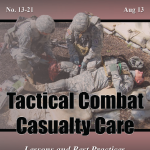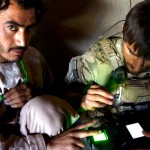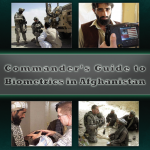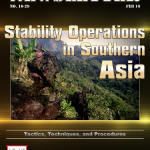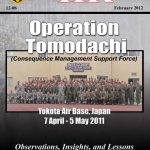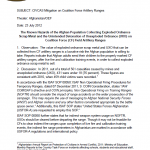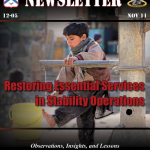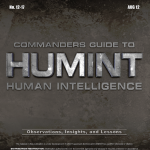
Army commanders rely upon timely, relevant, and accurate combat information and intelligence in order to successfully plan, prepare, and execute operations. Human intelligence (HUMINT) and counterintelligence (CI) are two critical assets commanders have, either organic to their unit’s table of organization and equipment (TOE) or through attachment from a supporting command, which can provide input to both combat information and intelligence. While there are similarities between the methodology and tactics, techniques, and procedures (TTP) used by HUMINT and CI, their training and missions are separate and distinct.

